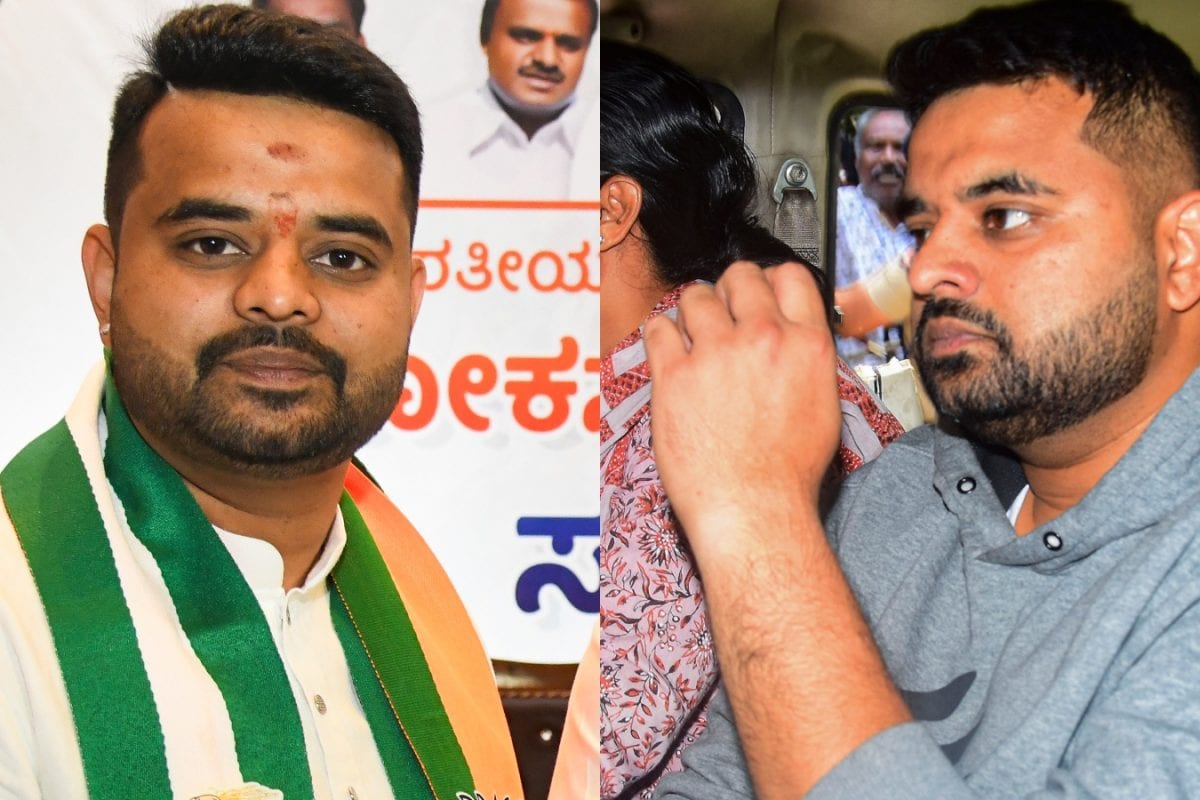

The Special Investigation Team (SIT) tasked with investigating the multiple sexual assault allegations against former MP Prajwal Revanna employed a novel forensic technique to identify him in the explicit videos that surfaced earlier in 2024. These videos, which triggered widespread outrage, presented a unique challenge for investigators as none of them clearly showed Revanna's face.
The Challenge of Faceless Videos
The explicit videos, allegedly recorded by Revanna himself, focused primarily on the victims, showing only portions of the perpetrator's body, typically from the waist down. This lack of facial visibility led to speculation that Revanna might evade punishment, making it difficult for the SIT to conclusively prove his presence in the videos. The primary forensic challenge was to prove that it was indeed Prajwal Revanna who had recorded the video of the sexual assault on the survivor.
Anatomical Comparison: A Cutting-Edge Technique
To overcome this hurdle, the SIT turned to an advanced forensic method: anatomical comparison of genital features. This technique, increasingly used worldwide in identifying sexual offenders, involves analyzing morphological and anatomical markers such as moles, scars, pigmentation, and vascular patterns in the genital area. Experts consider these features to be highly individual, akin to a unique fingerprint.
The SIT meticulously examined screenshots from the videos, focusing on visible body parts like genitals, palms, fingers, ankles, toes, and feet. A specialized team, including forensic experts, dermatologists, urologists, and orthopedists, compared these features with those of Revanna. They analyzed the overall shape, vascular patterns, hair distribution, and any visible body marks around the genital and lower abdominal region.
The 'Turkey Technique' and Other Supporting Evidence
Reportedly, the method used is called the 'Turkey Technique' because it was popularized by law enforcement in Istanbul to nail men accused of child pornography who sent photos of their genitals to a child. When graphical evidence of body parts exists, it is compared with newly taken photos of the accused's body parts at similar angles. The goal is to confirm if they look the same or have similar scars, moles, or other distinguishing marks.
In addition to genital feature comparison, investigators also examined other physical characteristics. For example, in one instance, the SIT matched a toe in one of the photos taken during the reconstruction of events to that of the person in the video. Investigators scientifically confirmed his identity based on distinct features, including a mole on his left middle finger, a scar on his left hand, and his bone structure.
Furthermore, voice analysis was conducted to match Revanna's voice with the male voice recorded during the sexual assaults. The Forensic Sciences Laboratory (FSL) confirmed that the voice samples matched. The SIT also presented evidence to show that the phone on which the video was shot was in his possession at the time of shooting the video and was only later transferred to his driver.
Scene of Crime and DNA Evidence
The investigation also involved matching the crime scenes to locations associated with Revanna. Police established that the background and floor tiles seen in the videos matched his room in the farmhouse and his residence in Bengaluru. DNA evidence further solidified the case against Revanna. A petticoat, seized from the farmhouse, contained semen that matched Revanna's DNA, along with the victim's DNA.
Conviction and Significance
The combination of the survivor's testimony, strong forensic evidence, and photograph matching ultimately convinced the Special Court for MPs and MLAs in Bengaluru to convict Prajwal Revanna. He was found guilty of rape and of recording a video of the rape. The court also found him guilty under Section 66E of the IT Act, which punishes the capture, publication, or transmission of images of a person's private area without consent, thereby violating their privacy.
The SIT's successful use of advanced forensic techniques, including anatomical comparison and voice analysis, marks a significant step in tackling cases involving digital evidence where traditional identification methods are insufficient. This novel approach, combined with meticulous investigation and corroborating evidence, proved crucial in securing a conviction in a challenging case. The SIT team expressed confidence that they will be able to achieve similar outcomes in the remaining cases involving Revanna.